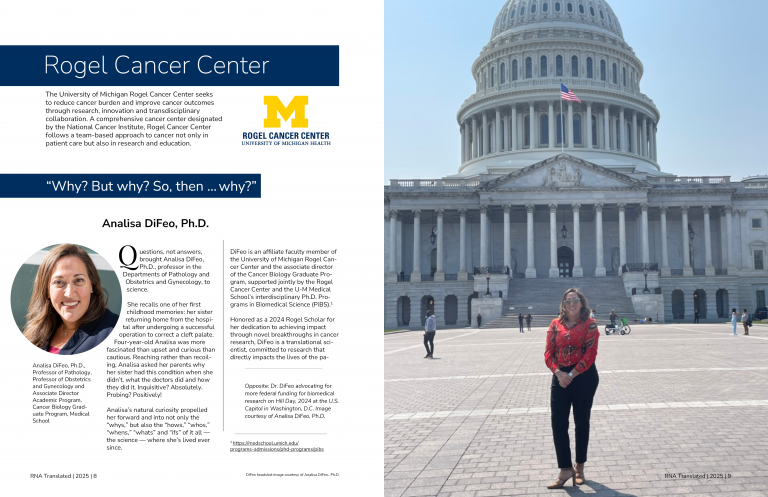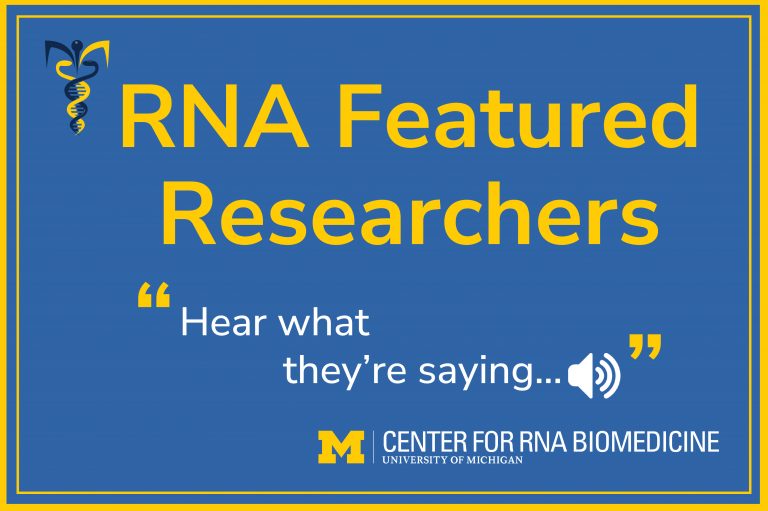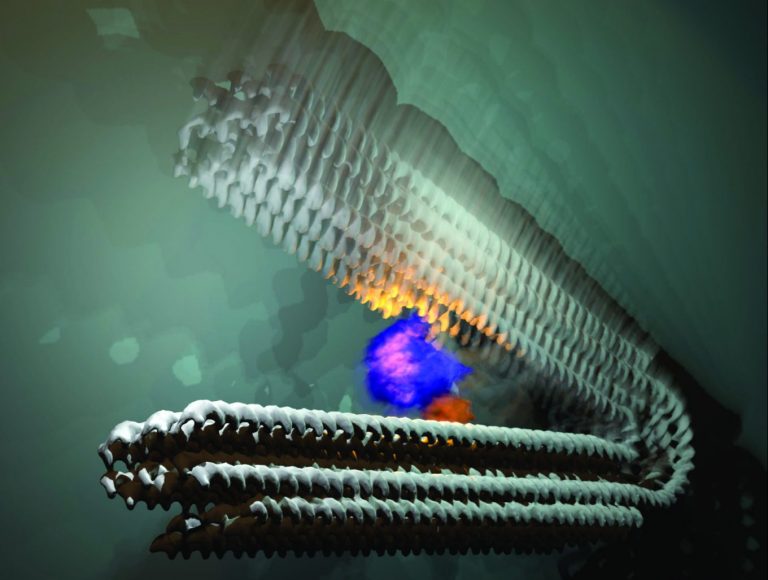RNA Translated 2025 now out in wide release!
March 21, 2025. ANN ARBOR, Mich. The Center for RNA Biomedicine at the University of Michigan is pleased to announce the publication of our latest issue of RNA Translated. RNA Translated 2025: The Power of Collaborative RNA Science. A convergence of minds and institutional allies at the University of Michigan propels discovery, unlocking new horizons for…






